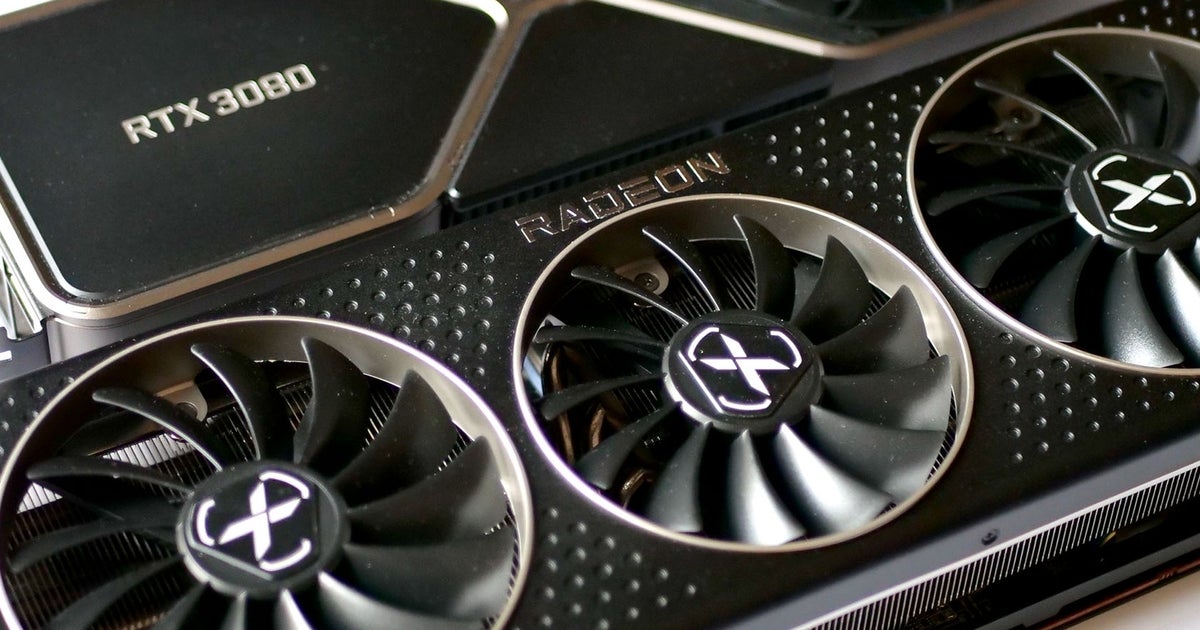get ready for the world's most one-sided fist-fight. but I already drank the RT kool-aid many years ago, so I'm interested regardless
written article

 www.eurogamer.net
www.eurogamer.net
Many thanks to XFX for the RX 6800 XT Speedster Merc 319 Black sample. Yes, we've seen the benchmarks - and it's undeniable that Nvidia's second generation ray tracing technology is faster than AMD's debut offering in the BIG NAVI line-up of RDNA 2 graphics cards. But we wanted to know more - what are the strengths and weaknesses of the respective architectures? Is Nvidia really a full generation ahead of AMD performance or is the answer a little more complex? And how does this all break down when considering different forms of ray tracing? Alex Battaglia loves ray tracing, loves telling you about it - and he has everything you need to know.
written article

PC ray tracing deep dive: Radeon RX 6800 XT vs GeForce RTX 3080
AMD's brand new RDNA 2 architecture has arrived for desktop PCs via the RX 6000 line of graphics cards - and it's an im…

